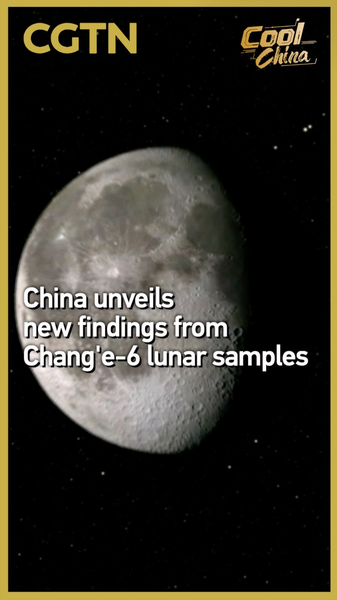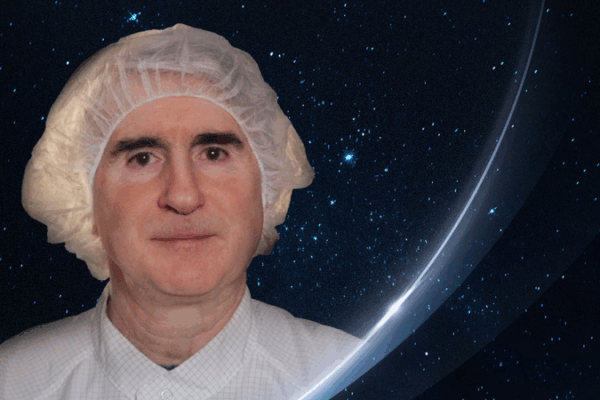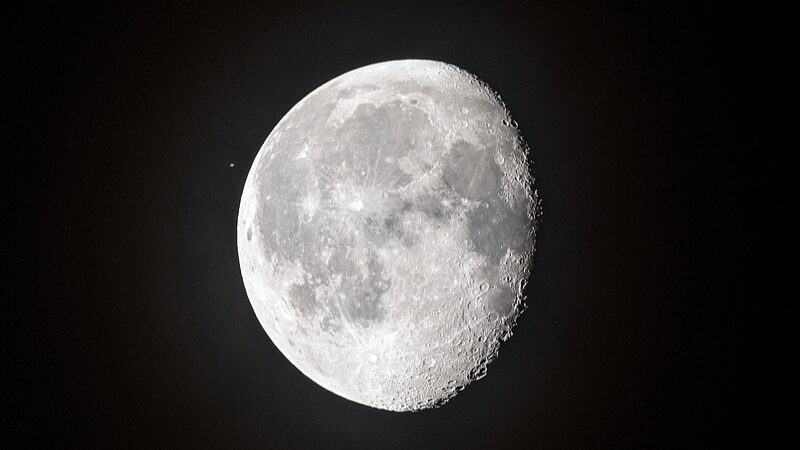
Chang’e-6 Samples Reveal Cooler Far Side Mantle of the Moon
New data from the Chinese mainland’s Chang’e-6 mission shows the moon’s far side mantle is cooler than the near side, shedding light on lunar structure and volcanic evolution.
My Global News: Voices of a New Era
🌍 Stay Ahead, Stay Global 🚀

New data from the Chinese mainland’s Chang’e-6 mission shows the moon’s far side mantle is cooler than the near side, shedding light on lunar structure and volcanic evolution.

New analysis of Chang’e-6 lunar samples pins Apollo Basin at 4.16 billion years old, pushing back the Late Heavy Bombardment and revealing a gradual decline in early asteroid impacts.

China’s Chang’e-7 mission, set for 2026, will carry a seismograph and autonomous hopper to study moonquakes, probe the lunar interior and hunt for water ice at the south pole.

Astrophysics partnerships and data sharing are unlocking lunar science breakthroughs, says Simone Dell’Agnello of Italy’s National Institute for Nuclear Physics.
China’s Chang’e-6 mission returns nearly 2kg of samples from the moon’s far side, showcasing groundbreaking technologies and advancing lunar exploration.

Chinese scientists publish first study on moon’s farside samples from Chang’e-6 mission, revealing unique mineralogical and geochemical properties.

Chinese mainland scientists unveil the world’s first AI model for lunar exploration, enhancing data processing for moon research and accelerating planetary science advancements.

Chinese mainland researchers have discovered natural few-layer graphene in lunar soil from the Chang’e-5 mission, offering new insights into the Moon’s geology and mineral composition.